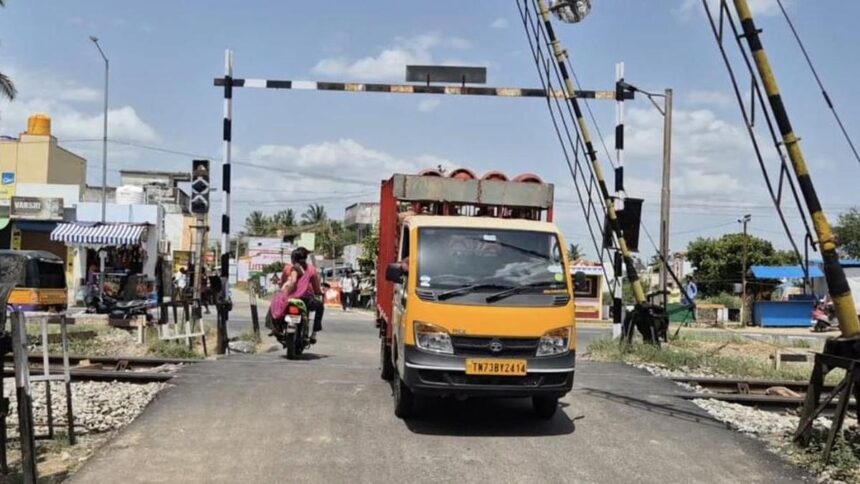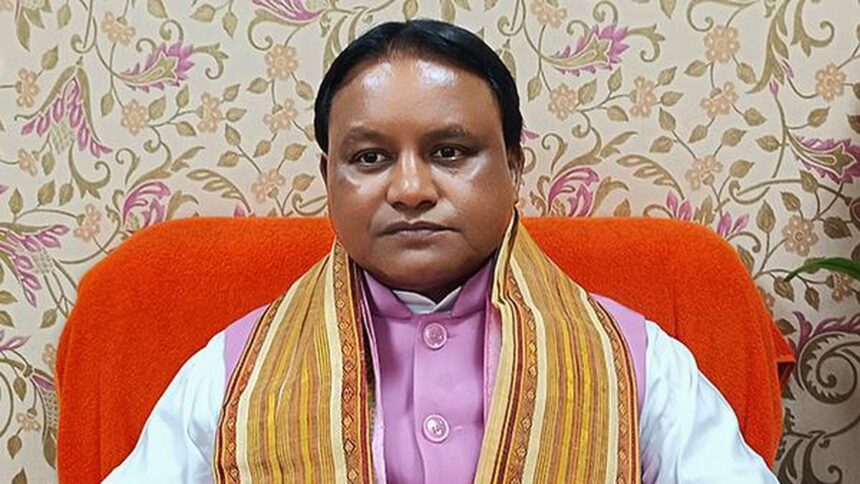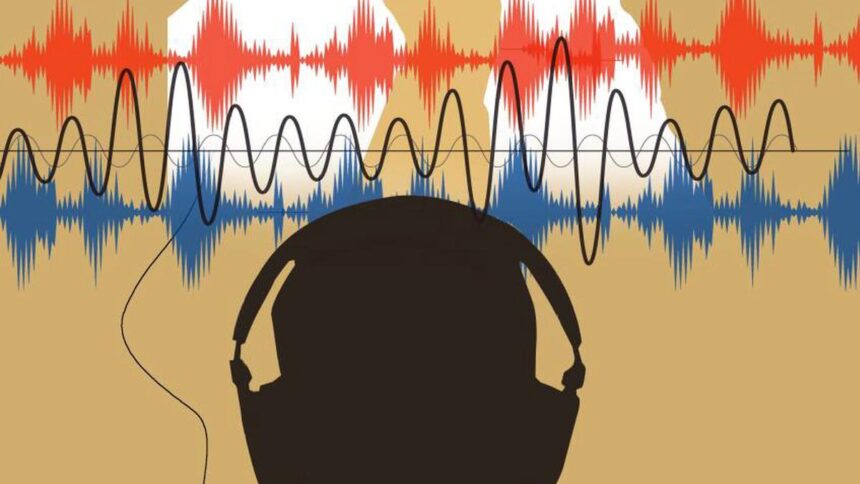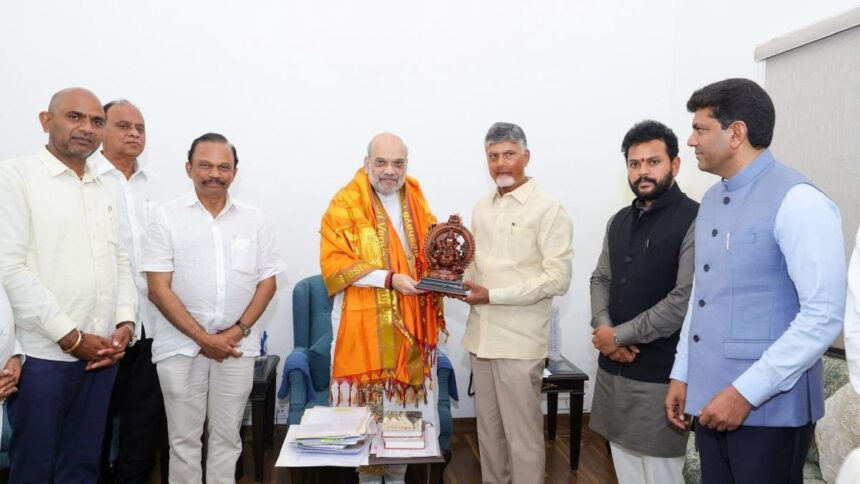
International Left Handers Day is observed on August 13.
| Photo Credit: Representational photo
For the world’s left-handed population, although it makes up only a fraction of society, everyday life can be a test of patience. In Hyderabad, the challenges are not just about awkward scissors or uncomfortable writing positions, but also about the unspoken bias that assumes everyone is right-handed.
With International Left Handers Day on August 13, the conversation around these subtle disadvantages takes on new relevance. From the way swipe machines are placed at supermarket counters to the positioning of biometric scanners in offices, many tools and spaces in the city seem to forget that a sizeable group uses the other hand.
For many, the deeper challenge lies in the cultural attitudes that have shadowed them since childhood. Ashok Kumar, a 50-year-old government servant, recalls how social pressure shaped his habits. “Being left-handed was looked down upon. It was not my fault, but because of society’s taunts, I had to learn to eat with my right hand. In my school days in the late 80s, I was the only left-handed student in a class of 30. While there was stigma, the other half of society believed being left-handed was a sign of luck,” he says.
The tailoring trade, too, has seen its share of left-handed adjustments. Abdul Rahman, a third-generation tailor from Mallepally, remembers the first time a customer asked him to reverse the buttons on a shirt so they opened towards the left, instead of the standard right. “I had never heard of such a thing before,” he says.
“The crease of the zip on a pair of trousers also had to open towards the left. It was a small adjustment on my part, but for them it made a big difference,” adds Rahman, who learnt his craft from his father, and over the years has quietly accommodated a handful of such orders. “It is rare, but once you notice the comfort it brings, you understand why it matters,” he says.
For the younger generation, the struggle is more about practicality than stigma. Anusha Reddy, a design student from Banjara Hills, says, “In college workshops, I often have to adjust my seating and tools because they are set up for right-handed use. Even rulers are printed the wrong way round for me, which sounds minor but slows me down every single day.”
Restaurant staff notice the difference. Mohd. Javed, who runs an Irani café in Secunderabad, says, “We sometimes see customers, especially left-handers, awkwardly turning plates or moving chairs to get more space for their elbows. Our tables are small, so if two people sit side by side and one is left-handed, it can get uncomfortable.”
For Hyderabad’s left-handed residents, the wish list is simple: that schools, offices, restaurants and public spaces be designed with them in mind. As Ashok Kumar puts it, “It’s not about being different. It’s about being able to do ordinary things without having to work twice as hard for them.”
Published – August 13, 2025 01:47 am IST























